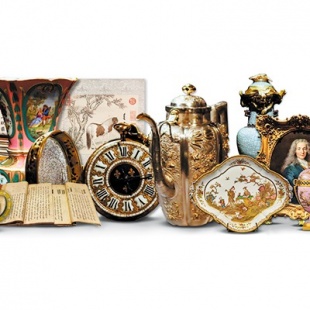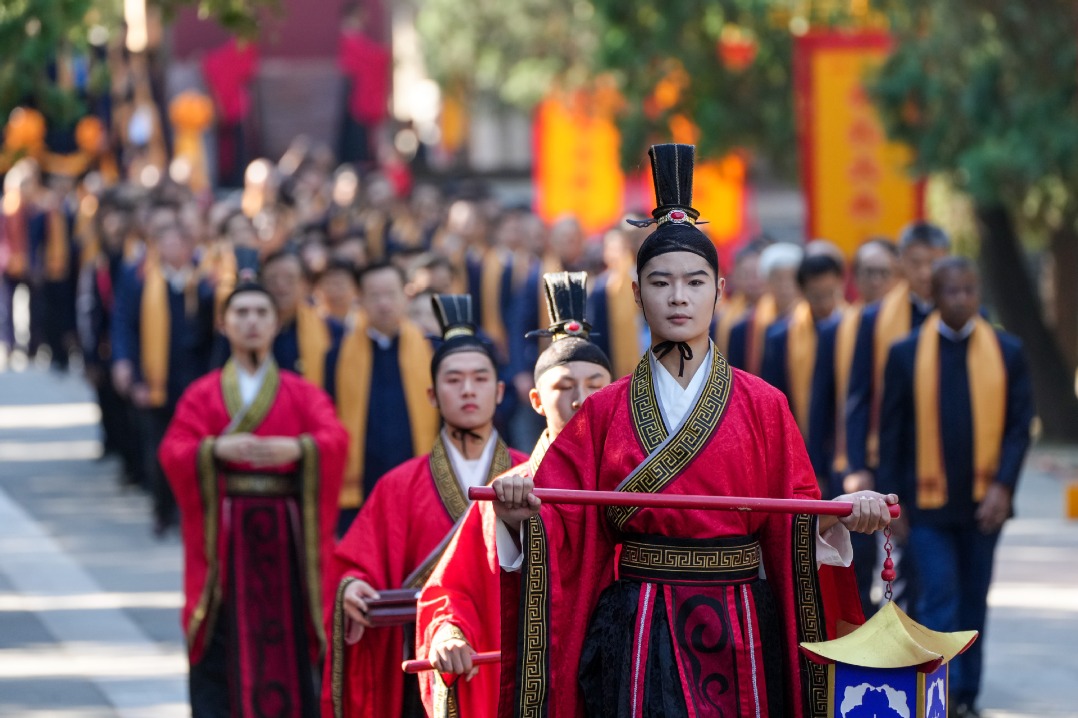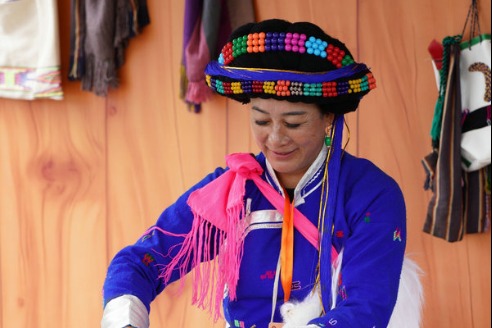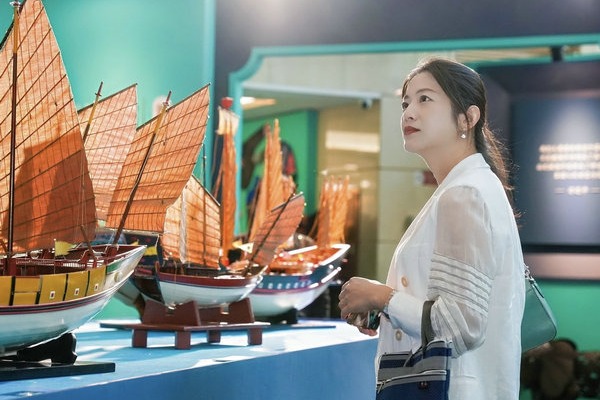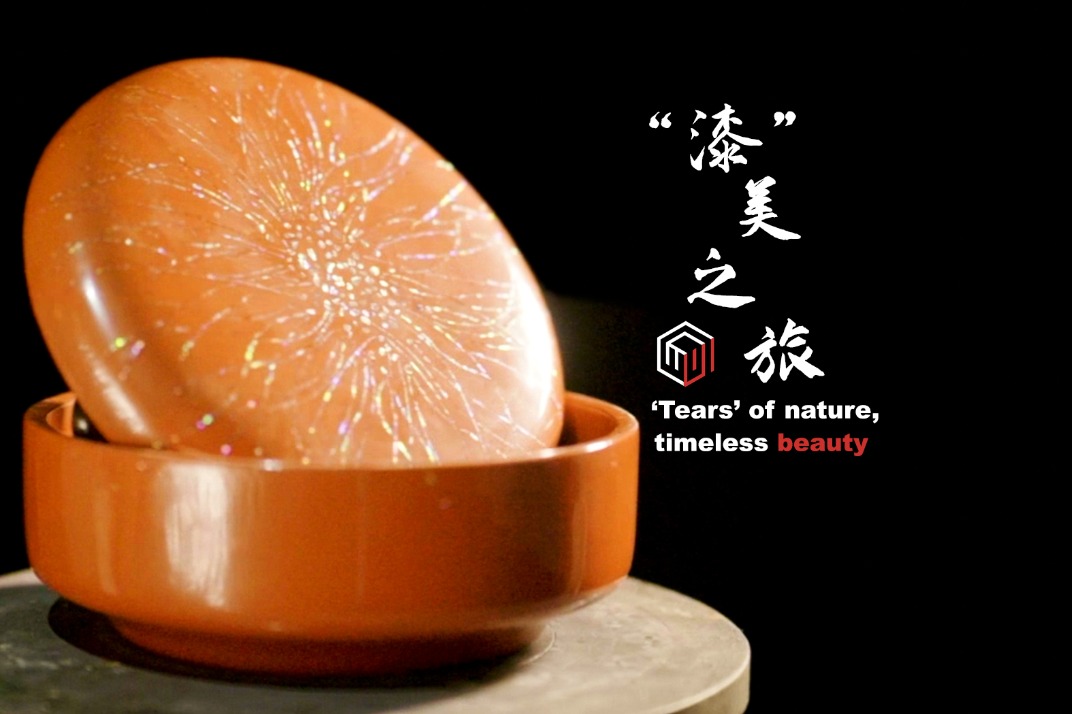A fine legacy forged in friendship
A long-awaited Beijing exhibition celebrating six decades of diplomatic ties between China and France sheds fresh light on centuries of exchanges, Wang Kaihao reports.

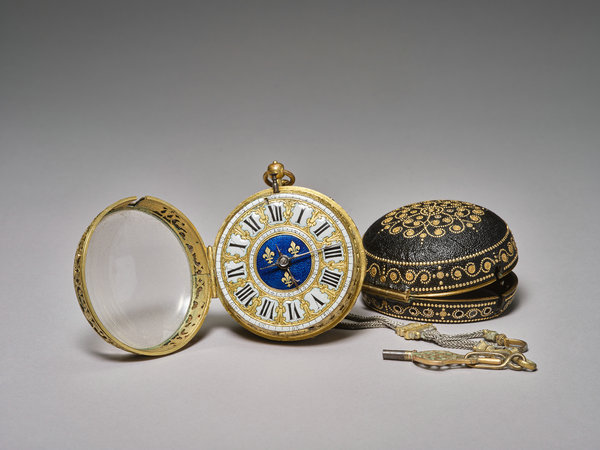
In 1685, desiring better links with a faraway land to the east, Louis XIV of France dispatched five mathematicians to Beijing to share the latest scientific and astronomical knowledge, and build a bridge of friendship.
The king worried whether his envoys had completed the hazardous sea journey and safely arrived at their destination, and so in 1688, he wrote a letter of greeting to Emperor Kangxi of the Qing Dynasty (1644-1911).
The letter never made it. Well, not until today, for a copy has finally arrived at its scheduled destination, the Forbidden City in the heart of Beijing, which is now known as the Palace Museum.
Though direct correspondence between the two longest-reigning monarchs in the history of their respective countries failed to materialize, had it happened, Louis XIV would have been satisfied.
The mathematicians not only arrived in Beijing after an arduous three-year journey, but were warmly welcomed by Kangxi, starting a beneficial relationship spanning generations that would resonate between the royal palaces of both countries — the Forbidden City and Versailles.
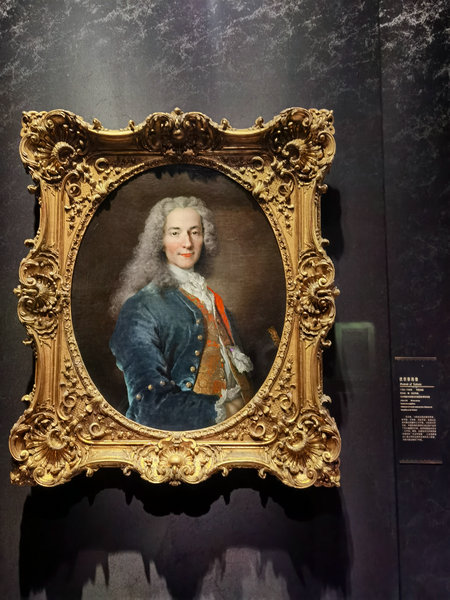
The story is currently being recounted at the gallery of the Hall of Literary Brilliance (Wenhua Dian) in the Palace Museum in a widely-anticipated exhibition, The Forbidden City and the Palace of Versailles: Exchanges Between China and France in the 17th and 18th Centuries.
Along with the replica letter, around 200 relics create for visitors a sense of the bonhomie between the two palaces.
"Both are home to many remarkable treasures," Wang Xudong, director of the Palace Museum, said at the opening on April 1. "When the two names appear together, it represents the meeting and dialogue between the civilizations of China and France."
He adds that it was a "golden era of communication", when French royals showed strong interest in China, and French people working in the Chinese royal courts also exerted influence in fields such as the natural sciences, fine arts, architecture, medicine and cartography.
"Through the dragon's encounter with the fleur-de-lis … we can see how the two countries made an effort to develop a mutual understanding, and how during that period, both cultures bloomed," he says.
- Exhibition lauds cases of solid work to build beautiful, better China
- Sound of the Forbidden City project showcases China's rich musical heritage
- Overseas hanfu clubs serve as cultural ambassadors
- Tuning in to Beijing's charms
- China to be guest of honor for Intl Kite Festival in Berck-sur-Mer in April


